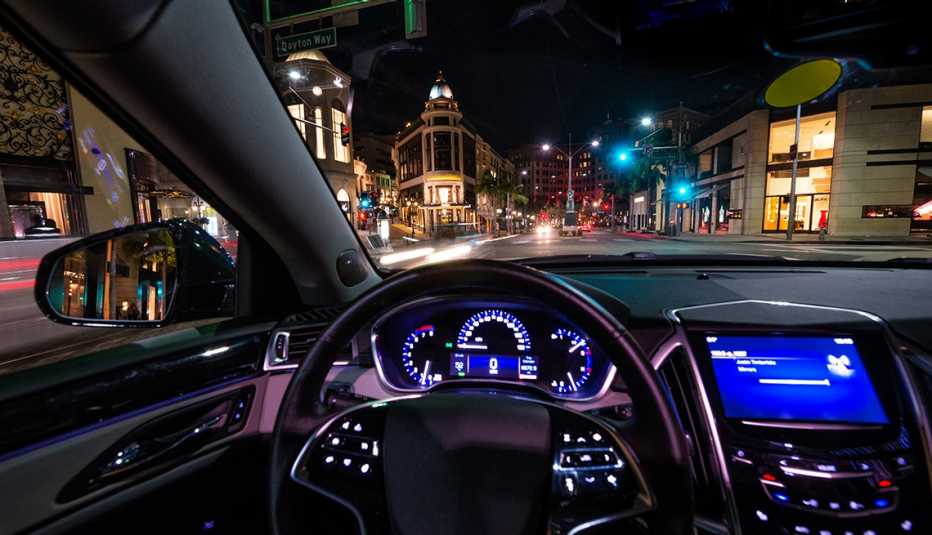AARP Hearing Center
Selene Yeager,
Shopping for a new car, but suffering from a case of sticker shock? You're not alone. According to Kelley Blue Book data, new cars cost more than ever: On average they're going for $36,590 — almost a 3 percent increase from last year. Those higher prices may be helping to fuel another trend: more used car sales.
Sales of used vehicles have increased over the past five years, according to Automotive News. It may be that more people are realizing they don't need to buy new to get a really great car, says Matt Smith, senior editor at CarGurus.com — especially considering how long today's vehicles last.
"Ten or 15 years ago we'd look at 100,000 miles on an odometer and say, ‘This car is almost cooked,'” Smith says. “Now 100,000 miles is more like the car reaching middle age.”
A lower price is the biggest upside of buying pre-owned, but there are other benefits — as well as a few downsides.
A few things to consider when trying to decide between used and new:
Value
This is a major used-car advantage: No matter the make or model, the value of your shiny new car depreciates the moment you drive it off the lot, and may be worth nearly a third less by the end of the first year. “A new car can lose up to 50 percent of its value within three years,” Smith says.
For the price of a base-level new model, you can buy a higher-end pre-owned version of the same car, says Smith: “You'll also pay less in insurance and maybe even registration, depending on where you live.” Bottom line? You get more car for your money when you buy used.
Reliability
In the past, new cars had an edge when it came to reliability, because it was hard to know whether that gussied up pre-owned vehicle on the lot was a lemon in disguise. But now, thanks to online services such as Carfax and AutoCheck, you can type in the vehicle identification number (VIN) and, for a fee, get its thorough history, including routine service; whether the car had been damaged in an accident, flood or fire; previous owners; and whether the vehicle had ever been stolen and recovered. It costs around $40 for one report, but some dealers will run the VIN check for you.
A VIN check will show you only incidents and accidents that have been reported, however. So you should still have the car inspected by an independent dealer you trust. “If a dealership won't allow that, feel empowered to walk away,” Smith says.





































































